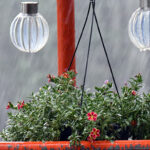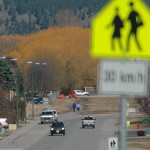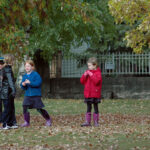Home »

Help shape future of the Rocky Mountain national parks
Public input will help guide Parks Canada priorities
Parks Canada places belong to all Canadians. They represent the very best that Canada has to offer and tell the stories of who we are, including the history, cultures, and contributions of Indigenous peoples.
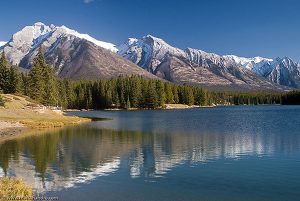
The national parks of the Rocky Mountain region hold special places in the hearts of Canadians. Places like Banff and Jasper are recognized across Canada and around the world as examples of the conservation and enjoyment of natural heritage. Today, Minister of Environment and Climate Change and Minister responsible for Parks Canada, Catherine McKenna, invited Canadians to share their views and ideas on the future of the seven mountain national parks with the launch of letstalkmountainparks.ca.
Management plans for the mountain national parks are due in 2020.
“We are committed to listening to Canadians, and working with them to protect our natural heritage across the country. Canada’s mountain national parks are national treasures. Internationally renowned for their breathtaking landscapes, amazing visitor experiences, and incredible biodiversity, these places are ours to preserve and discover. I encourage all Canadians to get involved and help shape the future of these special places,” McKenna said.
These plans help to guide decisions in each of the national parks and help to ensure public accountability. Management plans are strategic in nature, based on a long-term vision with clear direction for a 10-year period, including objectives and actions to achieve results. Parks Canada will be consulting on and developing all seven management plans for the mountain parks at the same time in order to facilitate landscape level planning and develop common approaches across the region.

Input from the Canadian public, from stakeholder organizations, from Indigenous peoples, and from local communities and visitors will play an important role in helping to shape and guide the priorities for each of the mountain national parks through the development of individual management plans. Indigenous engagement provides an opportunity to strengthen Indigenous voices in all aspects of park management.
All Canadians, including youth and newcomers, are encouraged to get involved and help shape the future of the mountain national parks. Additional information is available at: letstalkmountainparks.ca.
The mountain national parks are some of the oldest national parks in Canada.
Banff was Canada’s first national park established in 1885. Yoho and Glacier national parks followed closely in 1886 and Waterton Lakes National Park was added in 1895. Jasper National Park was established in 1907 and Mt. Revelstoke National Park joined in 1914. Kootenay is the youngest of the mountain national parks having been established in 1920.
The first stage of public engagement is now underway for Banff, Jasper, Yoho, Kootenay, Mount Revelstoke and Glacier national parks and will run to April 30.
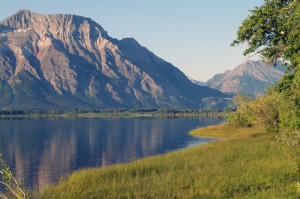
The public engagement for Waterton Lakes National Park will begin later this winter. Parks Canada is inviting people to share their vision of what each of these national parks might look like at its future best, and the future challenges and opportunities that will be important to address in the next plans.
Based on the input received, Parks Canada will develop individual draft management plans for further review input during a second stage of public engagement expected in early 2020. Feedback collected during the second stage will help to finalize each management plan in 2020.
Management plans are a legislative requirement of the Canada National Parks Act and guide the management of Parks Canada places. Through management plans, Parks Canada meets its promise to maintain or restore ecological integrity and provide Canadians with opportunities for discover and enjoy the national parks.
Lead image: Kootenay River in Kootenay National Park. e-KNOW file photos
e-KNOW
